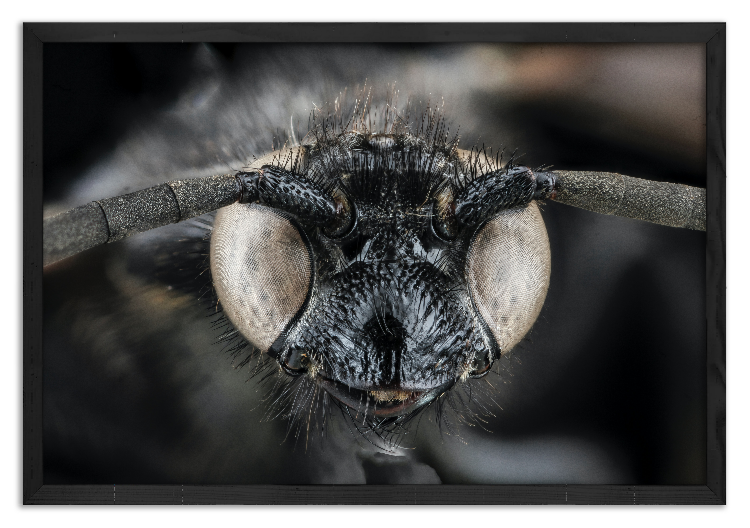
You can download this poster/image in high quality. You can then print it at your local printing shop and hang it on the wall.
Wasps typically feed on nectar and sweet fruits. They also hunt small insects, but for larvae, adult wasps prefer sugary foods. In the spring, the queen wasp searches for a place to build a nest, often making it in the ground. She lays about 20-40 eggs and collects food for the first larvae herself. These are often the largest workers, bigger than subsequent generations. When the first 10 workers mature, the queen stops leaving the nest and only lays eggs. The workers take care of the rest of the tasks, and the nest grows quickly. In the fall, young queens and drones are born in the nest. The old queen is usually killed, and the young females are fed a high-calorie sweet food to store fat for the winter. Chaos reigns in the nest, and the drones and young queens leave. In the fall, mating flights occur, and the young queens are fertilized. The fertilized queen looks for a place to hibernate, and winter sets in. Only young queens survive the winter; the remaining wasps die. Old nests are not reused; sometimes, wasps dismantle them to obtain building material.
You can download this poster/image in high quality. You can then print it at your local printing shop and hang it on the wall.
Subscribe to the newsletter. You will be the first to know about newly added articles or images for free download!

We are passionate about the world seen under the microscope. We want to share our passion with others.